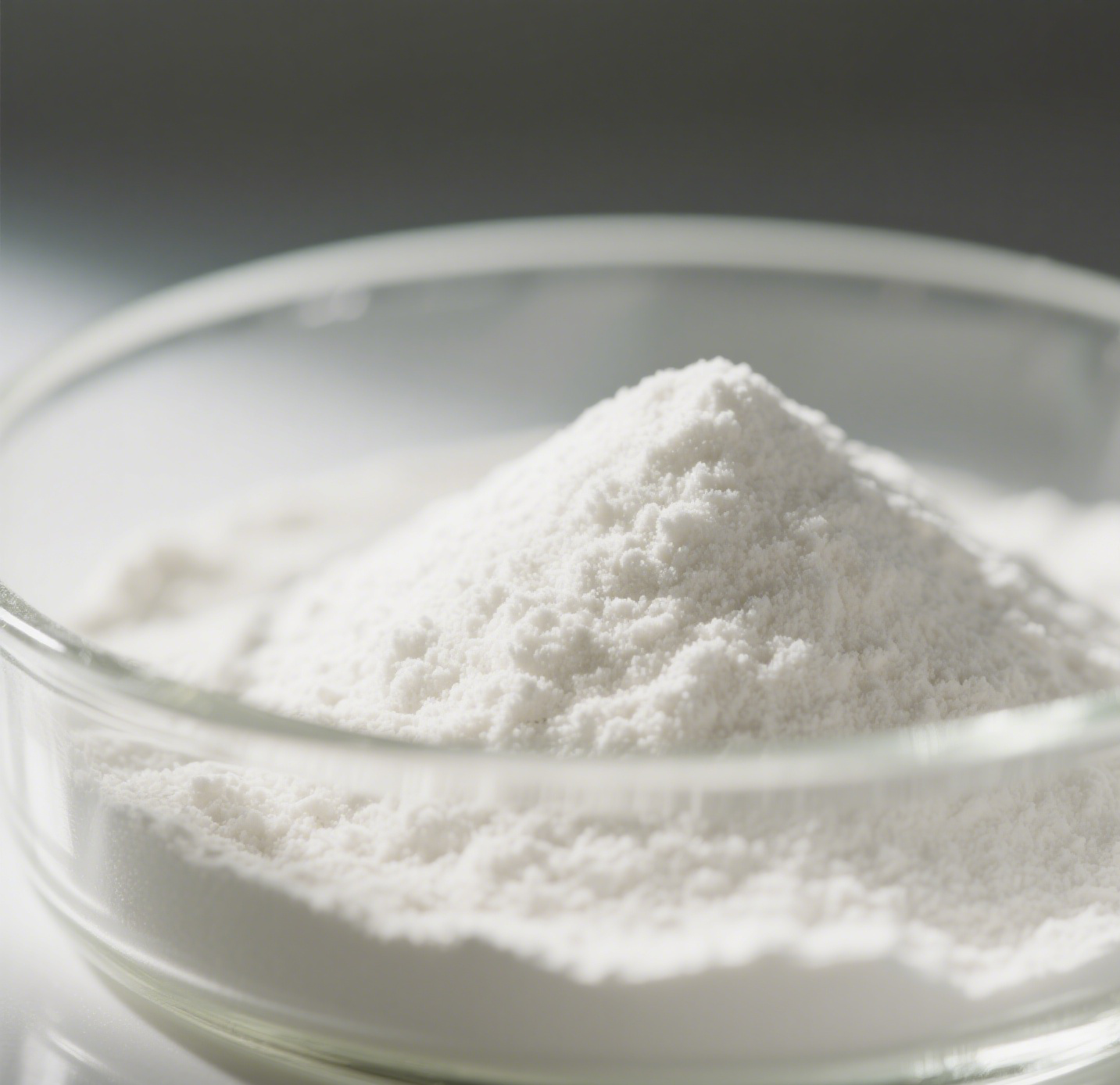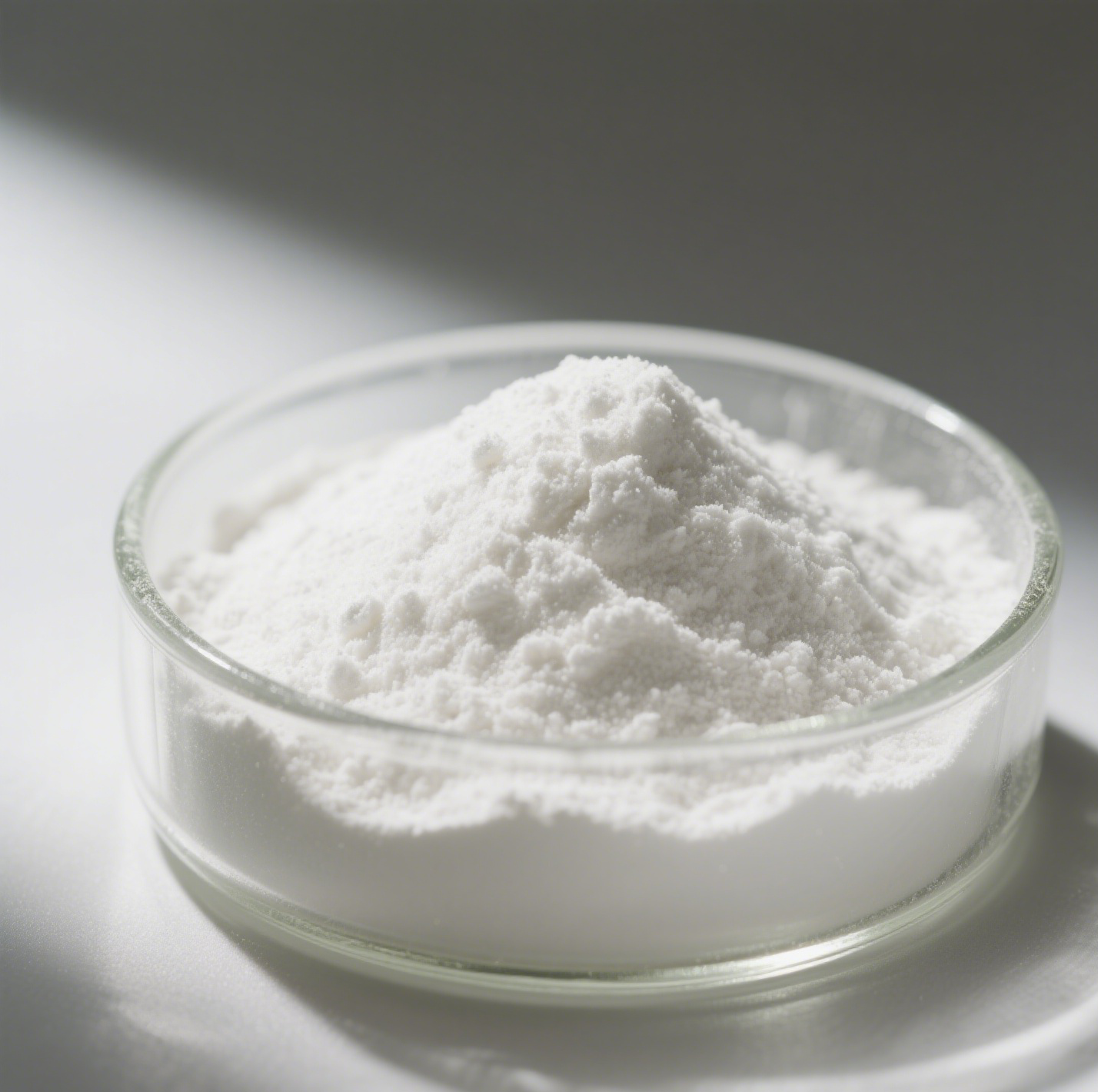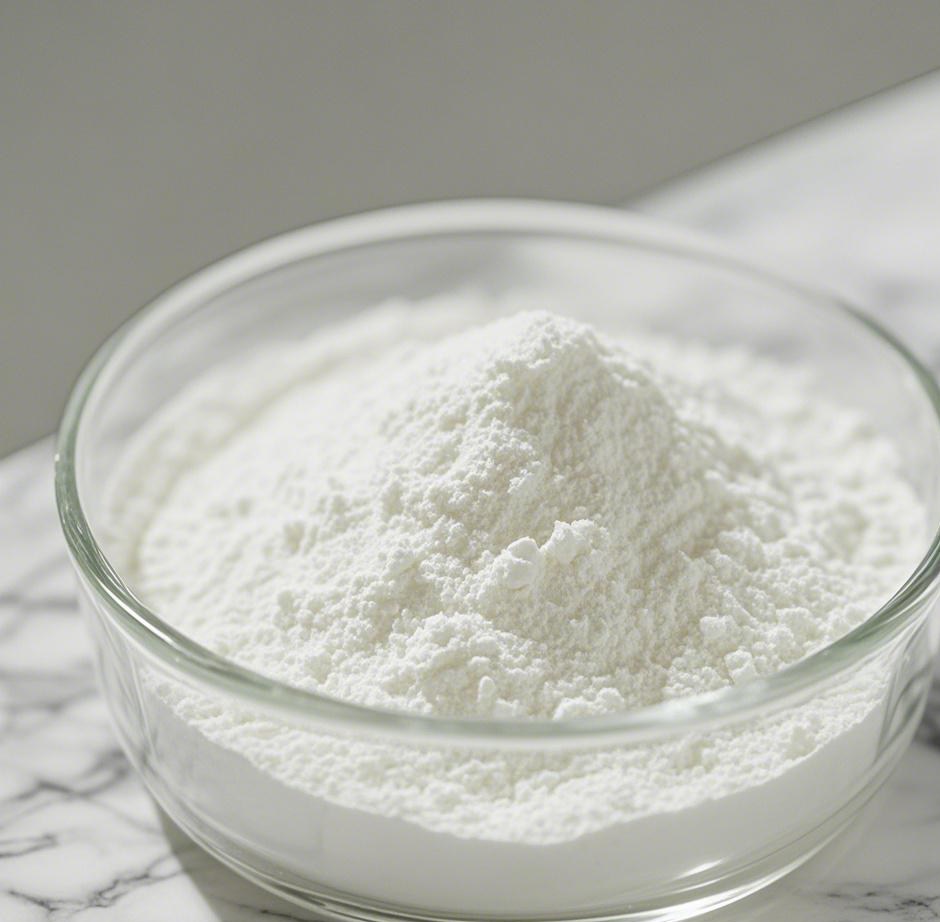dextrin maltodextrin
Dextrin maltodextrin is a versatile carbohydrate ingredient produced through the partial hydrolysis of starch. This white, slightly sweet powder serves as a crucial component in various food, pharmaceutical, and industrial applications. As a complex carbohydrate, it offers controlled release of energy and functions as an effective binding agent. The substance is created through enzymatic processes that break down starch molecules into smaller units, resulting in a product with varying chain lengths and properties. Its molecular structure allows for excellent solubility in water and provides stable viscosity across different temperature ranges. In food applications, dextrin maltodextrin acts as a texture modifier, bulking agent, and carrier for flavors and colors. The pharmaceutical industry utilizes it as an excipient in tablet formulation and as a coating agent. Its technological features include low hygroscopicity, neutral taste profile, and the ability to form stable solutions. The substance also demonstrates excellent film-forming properties and serves as an effective spray-drying carrier. With its diverse functional properties and wide range of applications, dextrin maltodextrin continues to be an essential ingredient in modern food processing and industrial applications.


